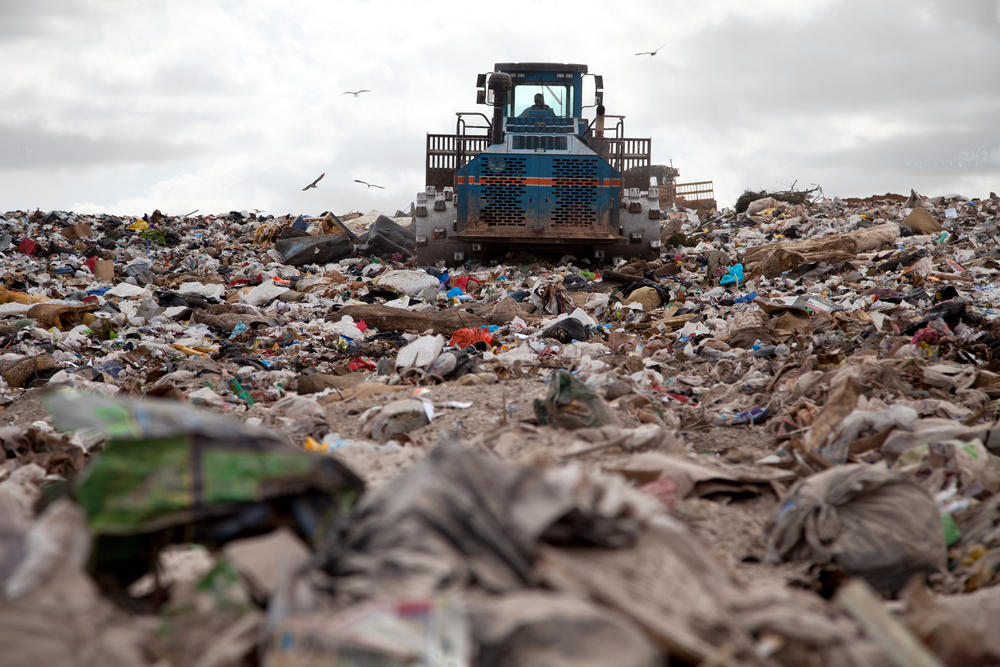
Landfills are an important part of waste management. Yet, many people think a landfill is nothing more than a hole in the ground where waste is thrown. In reality, there are very specific parts involved with landfills, all of which work together to prevent contamination between the waste and the surrounding environment. Here is a look at the parts that can be found in a landfill.
The Bottom Liner
The bottom liner is the part of the landfill that separates and prevents the buried waste from coming in contact with the underlying soils and groundwater. This layer is typically constructed from a durable, puncture-resistant synthetic plastic HDPE (High Density Polyethylene) that ranges from 30 to 100 mils thick.
Cells
Every landfill also features cells, which range in size from a few acres to 20 acres or more depending upon the amount of waste the landfill receives each day. The larger cells contain smaller cells that are known as the daily workface. This is where the incoming waste is prepared each day. The waste is placed in layers or lifts where it is then compacted and shredded by heavy landfill compaction machinery.
Leachate Collection System
The bottom portion of the landfill is generally sloped to a low point to draw down the liquids that are trapped inside the landfill. This waste, which is known as leachate, is collected and removed from the landfill. This is typically accomplished with the help of a series of perforated pipes, gravel packs and a layer of sand or gravel that is placed at the bottom of the landfill. The leachate is typically pumped or gravity-flowed to a holding tank or pond where it is then either hauled off site or treated on site.
Storm Water Drainage
The storm water drainage portion of the landfill is an engineered system that is designed to control water runoff when it rains. This is accomplished by directing the runoff through a series of ditches or berns into holding areas. Referred to as sed ponds, these holding areas slow down the water long enough to along suspended soil particles to settle before the water is discharged.
Methane Collection System
As the bacteria breaks down the trash in the landfill, it produces gas. Approximately 50 percent of this gas is methane, which has the potential to burn or explode. Therefore, it is removed through a series of pipes that are embedded in the landfill and specifically designed to collect methane gas. Once the gas is collected, it is either naturally vented or control-burned.
Cover
The cover, or cap, is compacted soil or some alternative material that is placed over the waste in a cell each day. The cover is generally six inches thick, though it may be 12 to 18 inches thick if it is placed over waste where no additional waste or cover will be placed for a period of time. Covering the waste in this way isolates the waste from exposure to the air and pests while also helping to control odors.